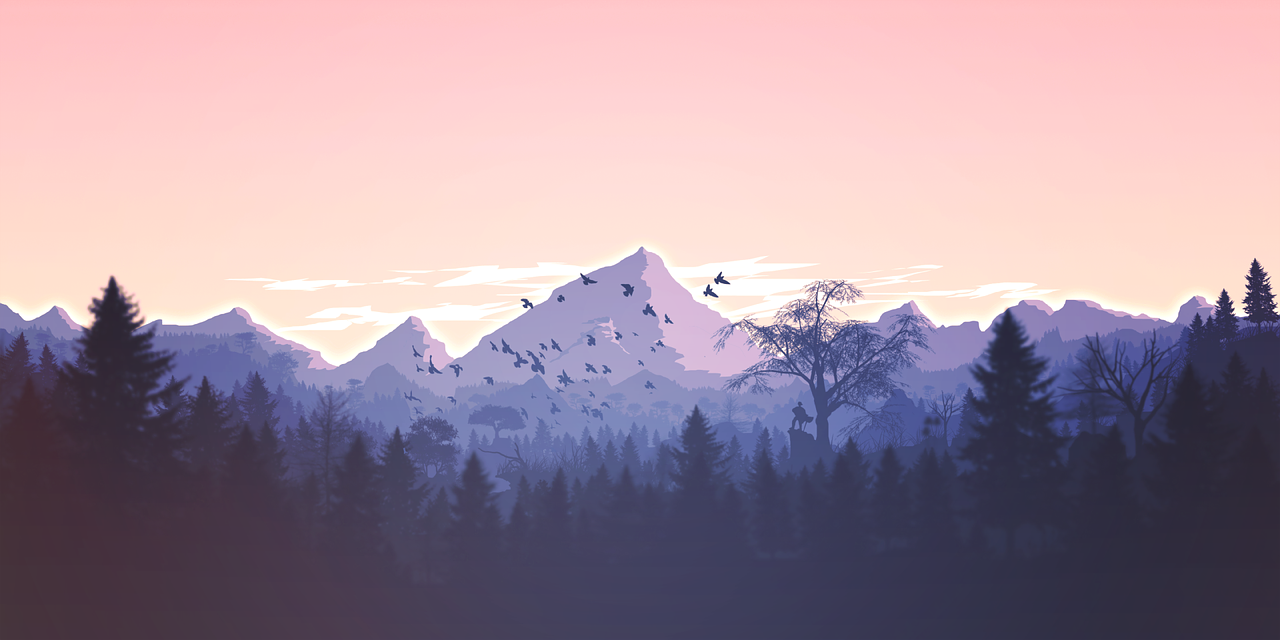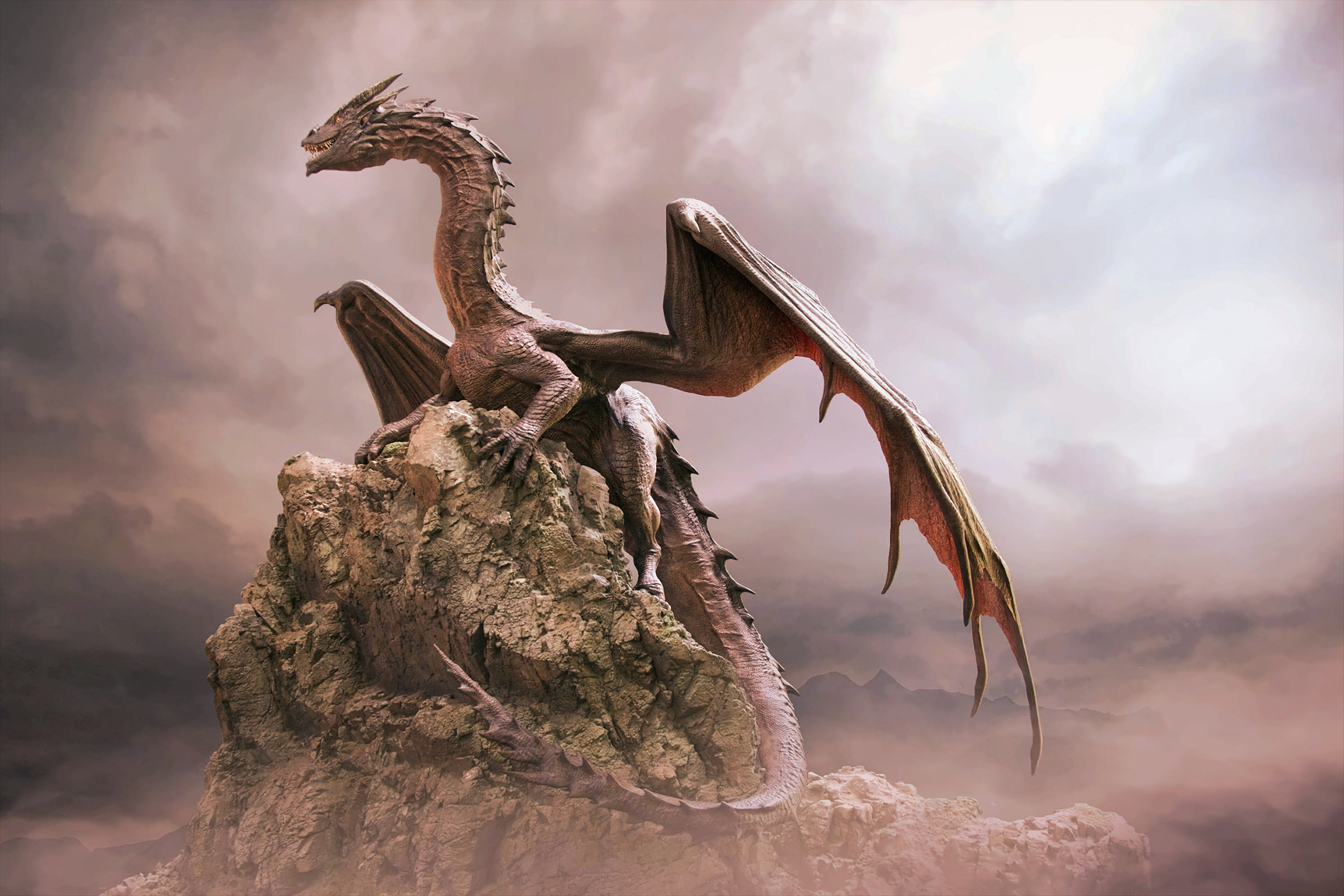Great Dragons - the Old Ones
The Great Dragons and Lesser dragons were the creations of Crom, the Worm-Lord, while he still had god status. The great dragons, the Old Ones, once roamed both Earth and Talmain, but have not been seen for many generations. Lesser dragons are still common in Talmain.
Legend has it that many centuries ago, Luth, the Light-Giver, used the powerful magical spear, Oinos, to cast down Crom for his defiance to the Great Spirit. Luth sent Crom into a deep slumber, far below the earth in the wastelands of Northern Talmain. He also sent the great dragons to sleep. It has been so long since the Old Ones were last seen by human eyes that they are viewed as myths and legends rather than as real creatures.
There are two theories why Luth sent the great dragons into their long sleep. One is that the Great Spirit wanted him to protect humans from the Old Ones' destructive tendencies, although they were already a species in decline. The other theory is that the Great Spirit foresaw that the dragons would have a role to play in future battles between the forces of creation and destruction. (See Creation Story for the Worlds of Merlin's Children
There is a prophecy that the Old Ones, the great dragons, will awaken at the End of Days when the Shadow threatens Talmain. And if Talmain falls to the Shadow, then Earth shall fall too.
Before their long slumber, the Old Ones were known to live for many centuries. They were solitary by nature and only came together once every fifty or sixty years to breed. The females would lay a clutch of four or five eggs. Mortality among new hatchlings was high. All of these factors made it easier for humans to hunt and destroy nests of young dragons, though killing a full-grown dragon was an extremely risky business and was rarely achieved.
The Old Ones answered only to their queen, who was the oldest and wisest matriarch of any generation. The dragon queen had a low frequency call that was only discernible to dragonkind. The sound could carry for thousands of miles, and when she called, the dragons would flock to her, both for breeding purposes and to hold council for the continuation of their species.
The great dragons were highly intelligent beings. They spoke the Old Tongue, which has not been heard on Talmain for over 3,000 years. Like many carnivores, they were somewhat lazy, and preferred to have food brought to them rather than to hunt or scavenge food for themselves. It is said that, in ancient times, human or Dverren villagers who lived near a dragon's lair would bring tribute to the dragon--usually cattle, sheep or goats--for them to eat. In exchange the dragon would agree to leave the villagers' homes, crops, and livestock unharmed.
Due to the high energy cost to themselves, great dragons would only fly or use flame when strictly necessary, though younger dragons were more playful and might fly for fun.
Dragons used to view humans as an inferior species, short-lived and of little consequence—that was until humans found ways to kill them and their offspring. Now extinct on Earth, the great dragons found refuge in Talmain, many of them migrating to the northern wastelands, which was where their queen was rumoured to live. Other solitary dragons were scattered throughout Talmain.
While every dragon was a unique individual with their own distinct character, there were broad differences between the main dragon types. Thus, brown and golden dragons tended to be more acquisitive. They liked shiny things and often hoarded treasure. Greens and blues were more curious by nature. They were the most likely to form bonds with other species, including humans. They would allow bonded humans to ride them, in return for the safety of their young. Red dragons had more destructive tendencies, and would often kill entire herds of deer, antelope, or cattle for the hell of it. The quickest to anger, they were known to destroy human towns and villages for a perceived slight.
Dragons had their own magic, which is older and more powerful than human magic. The only magic they feared was that of Oinos, Luth’s flaming spear, which could be used to control them.
Basic Information
Anatomy
Full grown adult size: 30 to 40 m from snout to tip of tail. 15 m high at the shoulder.
Four legs, two wings.
Colours: variable. Iridescent reds, blues, greens and gold.




Comments